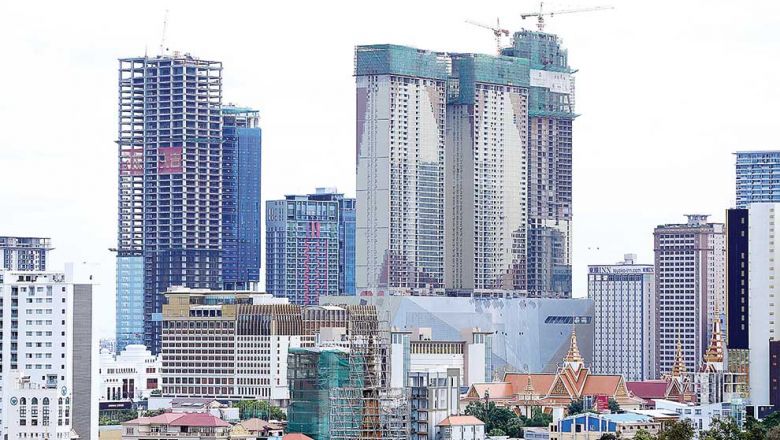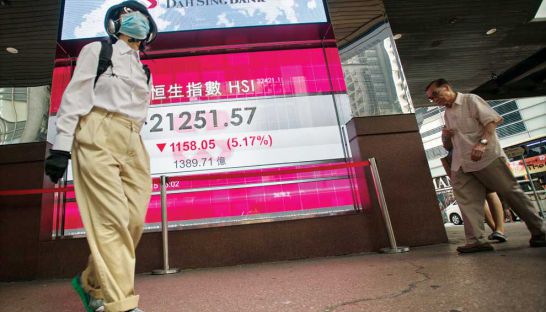Construction insurance can assure investors
Construction insurance can assure investors
While the Cambodian Building Code under the Construction Law is still years away from being in place, insurance may help assure investors and validate the quality and safety of construction projects.
Although developers have to obtain building permits before putting up any new building, these permits are more procedural than accountable.
Therefore, constructors are expected to self-regulate and abide by building codes from other countries, as well as to prove the quality of their construction projects.
“A high property insurance protection is a good sign [of quality] that at least reflects the developer’s awareness and attitude towards safe design, construction and quality, which are factors that go hand in hand,” said David Ng, vice president of Forte Insurance.
According to the insurance company, which insures Vattanac Capital and Gold 42 Tower project, construction insurance is project specific and non-renewable under the category of the engineering class of insurance.
The company offers two kinds of construction insurance, Contractor’s All Risks and Erection All Risks. The former is for building and civil engineering construction, while the latter is for factory, equipment or machinery installation.
Whilst being an indicator for some quality standards, having insurance on a building could not replace an implemented and enforced building code, Andre de Jong, managing director of Bosch Cambodia and chairman of the Real Estate and Construction Committee of the Eurocham working on the Cambodian construction code told Post Property.
However he added that “construction insurance is a good step into the right direction towards safety as the insurer has to do a risk assessment beforehand. It could also increase investor confidence.”
A construction code, De Jong added, is a comprehensive set of standards and regulation that needed to be implemented and enforced – a process that could take several years.
Unlike construction code and corresponding enforcement, insurance companies approach the risk in construction differently.
Construction insurance is designed to cover the risk during the construction period including loss or damage to property and third party liability for accidental bodily injury or property damage in connection with the performance of the contract.
Ng said the most common claims are third party liability and property damage resulting from construction accidents happening within the vicinity of construction projects.
Despite the protection provided by the insurance, Ng said the challenges of convincing people to buy the insurance products are their misconceptions about the benefits and unwillingness to consider the adverse aspects of their businesses.
“[The] business community probably may have taboos and contributory perceptions of [the] high additional expenses on premiums,” he added.
Still, Ng sees the demand is improving, “likely because [the] market at large has experienced the financial impact of accidental losses and [is also more aware] of the possible adverse consequences an accident event can affect the project.”
Although Cambodia’s construction insurance markets is still young compared with more matured neighbouring markets, Ng said the company has had an average of 12 per cent for its engineering class turnover in the past two to three years and expects that the local market is likely to grow organically at between 10 to 15 per cent.















